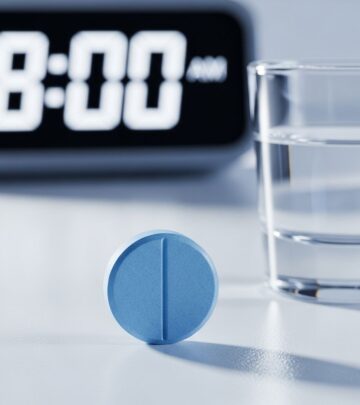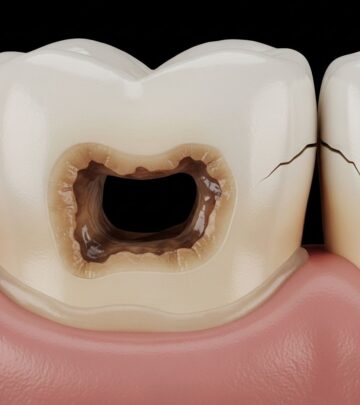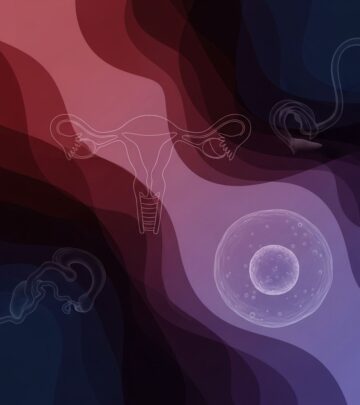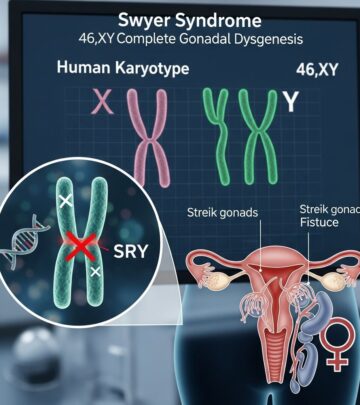Coronary Heart Disease: Symptoms, Causes, Treatment & Prevention
Comprehensive guide to coronary heart disease — covering symptoms, risk factors, diagnosis, treatment, and prevention strategies.
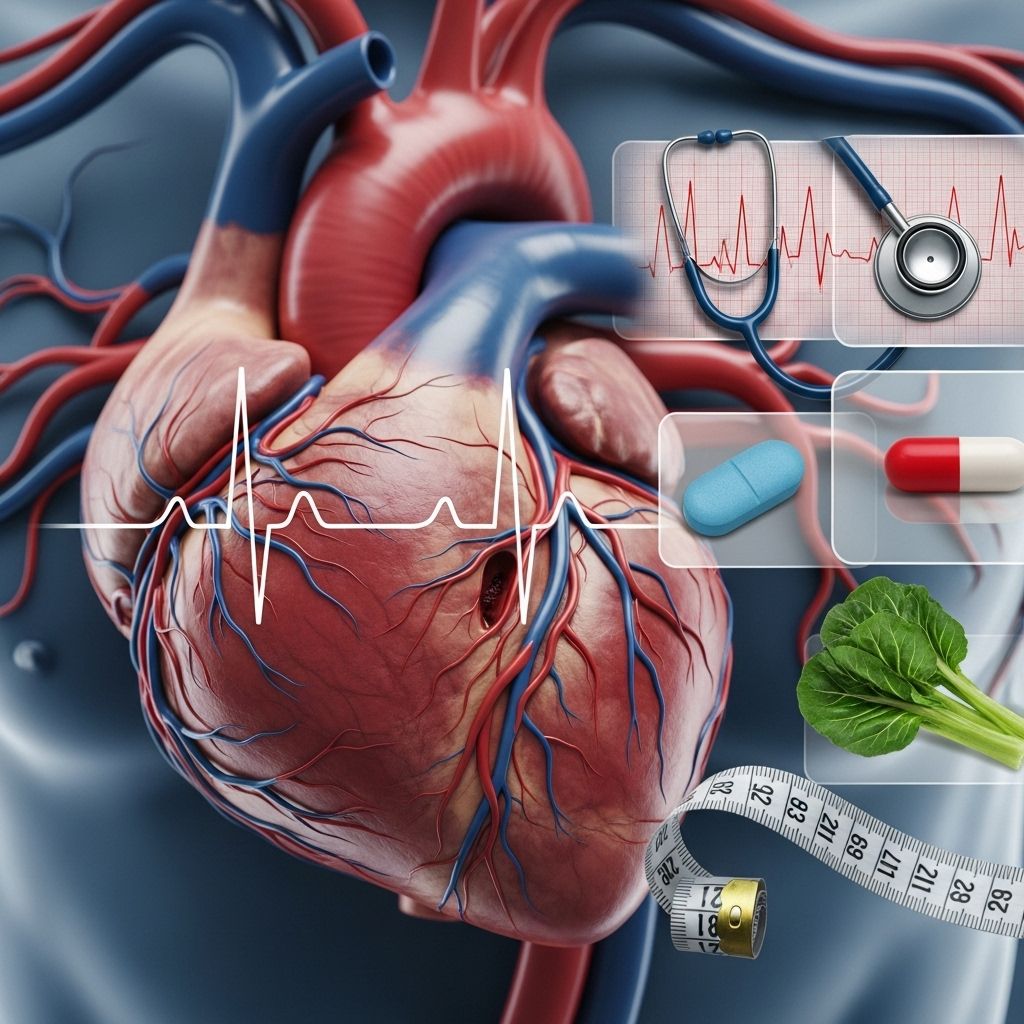
Coronary heart disease (CHD) is a common and serious condition that affects millions globally, including a significant proportion of the UK population. As the leading cause of death both nationally and internationally, understanding the mechanisms, warning signs, and treatment options is crucial for managing and preventing its effects. This comprehensive guide explains the key aspects of CHD—including its symptoms, causes, risk factors, diagnostic methods, treatment approaches, recovery, and prevention.
What is Coronary Heart Disease?
Coronary heart disease (also known as ischaemic heart disease) refers to a condition where the heart’s blood supply is blocked or interrupted due to a build-up of fatty materials, such as cholesterol, in the coronary arteries. This narrowing of arteries is called atherosclerosis.
- CHD impairs the delivery of oxygen-rich blood to heart muscle.
- It can lead to serious health events like angina (chest pain), heart attacks (myocardial infarction), and heart failure.
- CHD is progressive—symptoms and risks increase over time if not actively managed.
Main Symptoms of Coronary Heart Disease
The symptoms of CHD can vary significantly between individuals and often develop over several years.
Common Symptoms
- Chest pain (angina): Usually described as a heaviness, tightness, or pressure in the chest, often triggered by physical activity or emotional stress and relieved by rest.
- Shortness of breath: Occurs when the heart cannot pump enough blood to meet the body’s needs, causing breathlessness during exertion or at rest.
- Heart attacks: Manifest with more severe and persistent chest pain, which may spread to the arms, neck, jaw, back, or stomach. Additional symptoms can include sweating, nausea, lightheadedness, and anxiety.
- Palpitations: Feeling of irregular or unusually fast heartbeats.
- Fatigue: Unusual tiredness, especially during or after exertion.
Less Common Symptoms
- Indigestion-like discomfort
- Dizziness or fainting
- Pain only in the arm, neck or jaw (especially in women and people with diabetes)
Some people do not experience obvious symptoms until a major heart event occurs, such as a heart attack. This makes proactive screening and risk factor management essential.
Causes of Coronary Heart Disease
CHD arises from complex interactions of genetic, lifestyle, and medical factors that cause the coronary arteries to narrow and harden due to plaque build-up.
- Atherosclerosis: Accumulation of fatty deposits (plaques) in the artery walls, reducing blood flow.
- Arterial damage: High blood pressure, smoking, high cholesterol, and diabetes can damage the artery lining, accelerating plaque formation.
Who is at Risk?
- Age: Risk increases with age, particularly after 50.
- Sex: Men have higher risk at a younger age, but risk for women rises after menopause.
- Family history: Genetics play a significant role. Close relatives with CHD increase your risk.
- Ethnicity: South Asian, African, and Caribbean ethnic groups are at higher risk.
Modifiable Risk Factors
- Smoking tobacco
- Poor diet (high in saturated fat, salt, and processed foods)
- Lack of physical activity
- Overweight and obesity
- High blood pressure (hypertension)
- High cholesterol
- Diabetes
- Excess alcohol consumption
- Chronic stress
Diagnosis of Coronary Heart Disease
Diagnosing CHD involves a detailed clinical assessment to confirm the condition and determine its severity.
Initial Assessment
- Medical history: Doctor asks about symptoms, lifestyle, and risk factors.
- Physical examination: Includes checking blood pressure, heart sounds, and weight.
- Blood tests: Measure cholesterol, blood sugar, and other factors.
Further Tests
- Electrocardiogram (ECG): Records electrical activity of the heart to identify rhythm problems or previous heart attacks.
- Exercise Stress Test: Monitors heart function during physical exertion, usually performed on a treadmill.
- Echocardiogram: Uses ultrasound to produce images of the heart chambers and valves.
- Coronary angiography (cardiac catheterisation): Involves injecting dye into coronary arteries to visualise blockages under X-ray.
- CT Coronary Angiogram (CTCA): Advanced imaging to look for narrowing or blockages in the coronary arteries.
Treating Coronary Heart Disease
CHD treatment aims to relieve current symptoms, prevent complications, and stop disease progression. A combination of lifestyle changes, medication, and sometimes procedures or surgery is used depending on the stage and severity of disease.
Lifestyle Changes
- Quitting smoking
- Eating a heart-healthy, balanced diet (low in saturated fats, salt, and sugars)
- Getting regular physical activity (at least 150 minutes of moderate exercise per week)
- Maintaining a healthy weight
- Reducing alcohol intake
- Managing emotional stress
Medicines for CHD
- Antiplatelet agents: Prevent the formation of blood clots (e.g., low-dose aspirin).
- Statins: Lower blood cholesterol levels, reducing risk of further atherosclerosis.
- Beta-blockers: Slow the heart rate and lower blood pressure, reducing strain on the heart.
- ACE inhibitors: Help relax blood vessels and lower blood pressure.
- Nitrates (e.g., GTN spray/tablets): Widen blood vessels, used to relieve angina symptoms.
- Other agents: Calcium channel blockers, anticoagulants, and medications for controlling high blood pressure or diabetes.
Procedures and Surgery
- Coronary angioplasty and stenting: A balloon-tipped catheter opens up a narrowed artery, and a small wire mesh tube (stent) is placed to keep it open.
- Coronary artery bypass graft (CABG): Healthy blood vessels from elsewhere in the body are grafted to bypass blocked coronary arteries.
- Other procedures: Pacemaker or implantable cardioverter-defibrillator (ICD) may be needed for certain arrhythmias or advanced heart failure.
Managing Stable Angina
- Short-acting nitrates (under the tongue) for immediate relief
- Long-term medicines to prevent attacks and improve quality of life
Life After a Heart Attack or Surgery
Recovery from a heart attack or cardiac procedure is supported by structured cardiac rehabilitation. This is designed to restore health and reduce the risk of future heart problems.
Cardiac Rehabilitation
- Individualised exercise programmes
- Education and advice about healthy living
- Support for emotional wellbeing and practical issues
- Guidance on medication adherence and symptom recognition
Cardiac rehabilitation is shown to improve recovery, reduce risk of subsequent heart problems, and promote return to a full and active life.
Preventing Coronary Heart Disease
Most risk factors for CHD are modifiable, meaning lifestyle changes can significantly reduce your risk—even if you already have heart disease.
Key Steps for Prevention
- Eat a healthy, balanced diet: Increase fruit and vegetables; reduce saturated fat, salt, and sugar.
- Get physically active: Aim for at least 150 minutes of moderate exercise each week.
- Maintain a healthy weight: Strive to keep BMI within a healthy range.
- Quit smoking: Seek support to stop smoking and avoid second-hand exposure.
- Limit alcohol intake: Abide by recommended safe drinking limits.
- Monitor blood pressure and cholesterol: Have regular check-ups, and take prescribed medication if necessary.
- Manage diabetes effectively if you have it, with support from your healthcare team.
- Reduce and manage stress: Mindfulness, relaxation techniques, and talking therapies can help.
Complications and Related Conditions
Without proper management, CHD can lead to severe complications:
- Heart attack (myocardial infarction): Complete blockage cuts off blood supply to part of the heart muscle, causing tissue death and long-term damage.
- Heart failure: Weakened heart cannot pump efficiently, resulting in fatigue, breathlessness, and swelling.
- Abnormal heart rhythms (arrhythmias): May lead to palpitations, dizziness, or even sudden cardiac arrest.
- Stroke: If atherosclerosis affects arteries supplying the brain.
Living With Coronary Heart Disease
With proper treatment and support, most people with CHD are able to live full, active lives:
- Take medications as prescribed and attend regular health reviews.
- Engage in recommended physical activities, as advised by your healthcare provider.
- Follow a heart-healthy diet and maintain a healthy lifestyle.
- Monitor for changes in symptoms and know when to seek medical help urgently—if symptoms worsen or a new pattern of chest pain develops.
Frequently Asked Questions (FAQs)
What are the first warning signs of coronary heart disease?
Common early signs may include chest discomfort or pain (angina) during physical activity or stress, unusual shortness of breath, and unexplained tiredness. These may come and go, and are often dismissed, but should be discussed with your GP.
How is coronary heart disease diagnosed?
Diagnosis usually begins with a discussion of symptoms and risk factors, followed by physical examination, blood tests, and heart-specific tests such as an ECG, echocardiogram, exercise stress test, or coronary angiography. Imaging techniques like CT coronary angiogram may also be used.
Can coronary heart disease be cured?
CHD is a long-term condition that cannot be “cured” in the conventional sense, but it can be effectively managed and controlled by lifestyle changes, medications, and sometimes procedures. With proper management, many people live long, active, and healthy lives with CHD.
What should I do if I have a sudden onset of chest pain?
Call emergency services immediately if you have severe, persistent chest pain—especially if it radiates to the arm, neck, or jaw, is associated with sweating, nausea, or shortness of breath. Prompt medical attention can save lives and minimize heart damage.
How can I reduce my risk of developing coronary heart disease?
Key steps include eating a balanced diet, quitting smoking, staying physically active, limiting alcohol, maintaining a healthy weight, controlling blood pressure and cholesterol, and managing stress. Regular blood pressure and cholesterol checks are important, especially if you have family history or other risk factors.
Summary Table: Risk Factors and Prevention
| Risk Factor | Prevention Strategy |
|---|---|
| Smoking | Quit smoking; avoid second-hand smoke |
| High cholesterol | Eat less saturated fat; take statins if prescribed |
| High blood pressure | Exercise; maintain healthy weight; reduce salt; take medication as prescribed |
| Poor diet | Eat more fruit, vegetables, whole grains; reduce red and processed meats |
| Lack of physical activity | At least 150 minutes moderate aerobic activity/week |
| Diabetes | Maintain good blood sugar control |
| Obesity | Maintain healthy weight through diet and exercise |
| Alcohol excess | Limit to recommended weekly units |
Support and Resources
If you or someone you know has coronary heart disease, support is available from:
- Your GP and cardiac care team
- Cardiac rehabilitation programmes
- National charities like the British Heart Foundation (BHF)
- Heart health support groups and helplines
Remember that timely intervention—both lifestyle improvements and professional care—can make a significant difference in your heart health. Stay informed, take proactive steps, and consult health professionals for personalized advice on coronary heart disease.
Read full bio of medha deb

